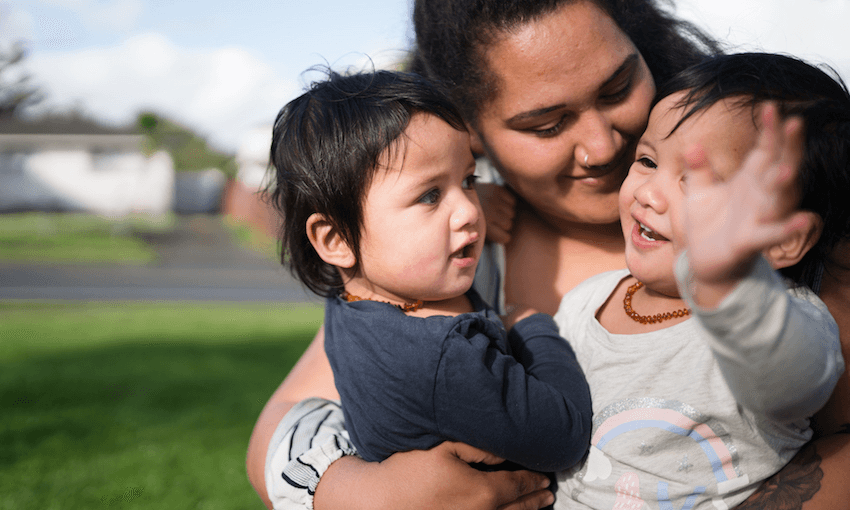Yesterday’s announcement of a new Māori health authority might be a step in the right direction for tino rangatiratanga, but we’ve been promised systemic change before. Before we celebrate, let’s run a critical eye over the proposals, writes health policy expert Gabrielle Baker.
For the last three years I’ve been having conversations about the possibility of a Māori health authority with anyone who shows an interest. What I’ve heard is close to unanimous agreement that the current system of 20 DHBs and 30 PHOs doesn’t work. The Waitangi Tribunal backed this up in its 2019 Hauora report, finding breaches of Treaty principles in the way the Crown had set up and run primary health care. And that’s without even looking at the decades of data showing unfair and unjust differences in health and wellbeing outcomes for Māori compared to the rest of the population.
I’ve also heard widespread support for a Māori health authority of some kind and have had the privilege of working with advocates for change like the claimants in the Waitangi Tribunal inquiry who have been grappling with the question of exactly what an independent Māori health authority should look like.
So, I should be thrilled to hear ministers give so much visible support for a Māori health authority. After all, it was more than Heather Simpson and a minority of her peers did in their health and disability system review last year. Unfortunately, the combined lack of past progress to design a better health system for Māori and the (potential) harms caused by disruptive change mean it is pretty hard to feel thrilled.
A Māori health authority was last seen as a real prospect in the early 1990s. Then health academics, including Dr Eru Pōmare, wrote about the possibilities of an authority to “overcome the fragmentation in primary health care” and “result in the inclusion of the Indigenous healing system to complement western health care”. The optimism of a Māori vision of “autonomous healthcare” was apparent in every word, but long story short, political will didn’t last and the authority never become reality.
There were other types of set-ups in the 90s, including a Māori health commission, but good luck finding much in writing on that organisation. Its tenure and impact were short lived.
While change specifically centred on improving Māori outcomes has been rare, health and disability system change has been fairly constant here in Aotearoa. Unfortunately, Māori have seldom seen benefit from any disruptive changes.
While good for big headlines, some of the detail of the proposals is “to be confirmed” some time soon. The things I’ll be watching over the next few weeks and months are:
- The establishment of an interim Māori health authority as an independent departmental agency within the Ministry of Health. The jargon in that sentence is a red flag to almost anyone, me included. It basically means the agency that needs to be visionary and build in true Māori decision-making will likely be set up by a fairly conventional-looking agency within government.
- Keeping the accelerator on all Māori health activity. When under threat it might be human nature to retreat. But if DHBs and other health professionals decide to stay away from Māori health because it will soon be someone else’s problem, there will be devastating consequences. I want to see the current work in Māori health ramp up, not be set aside until the dust settles.
- The balance of a national authority with mana whenua and mana motuhake at a regional level. It’s all well and good to have a fancy national organisation but if it is used to reduce the influence of Māori communities, it’s failed before it’s begun. The detail of the proposal seems to hinge on an “evolution” of DHB Māori partnership boards.
- How the funding will actually work – and how much funding we’re talking about. The best data we have publicly available says that Māori health providers received well less than 2% of Vote Health in 2015/16. If an agency is set up with 2% of Vote Health to have “joint decision-making” with an agency responsible for 98% of Vote Health, which voice do you think will come through the loudest and clearest?
The hauora proposals are summarised on the department of prime minister and cabinet website and I think they are worth a look. It’s even OK to be optimistic about this. After all, I am delighted for the work of the Wai 2575 claimants who got this on the agenda and for the generations of Māori whānau and communities who have been advocating for change. But I’m not ready to celebrate the proposals themselves. Not yet, anyway.
